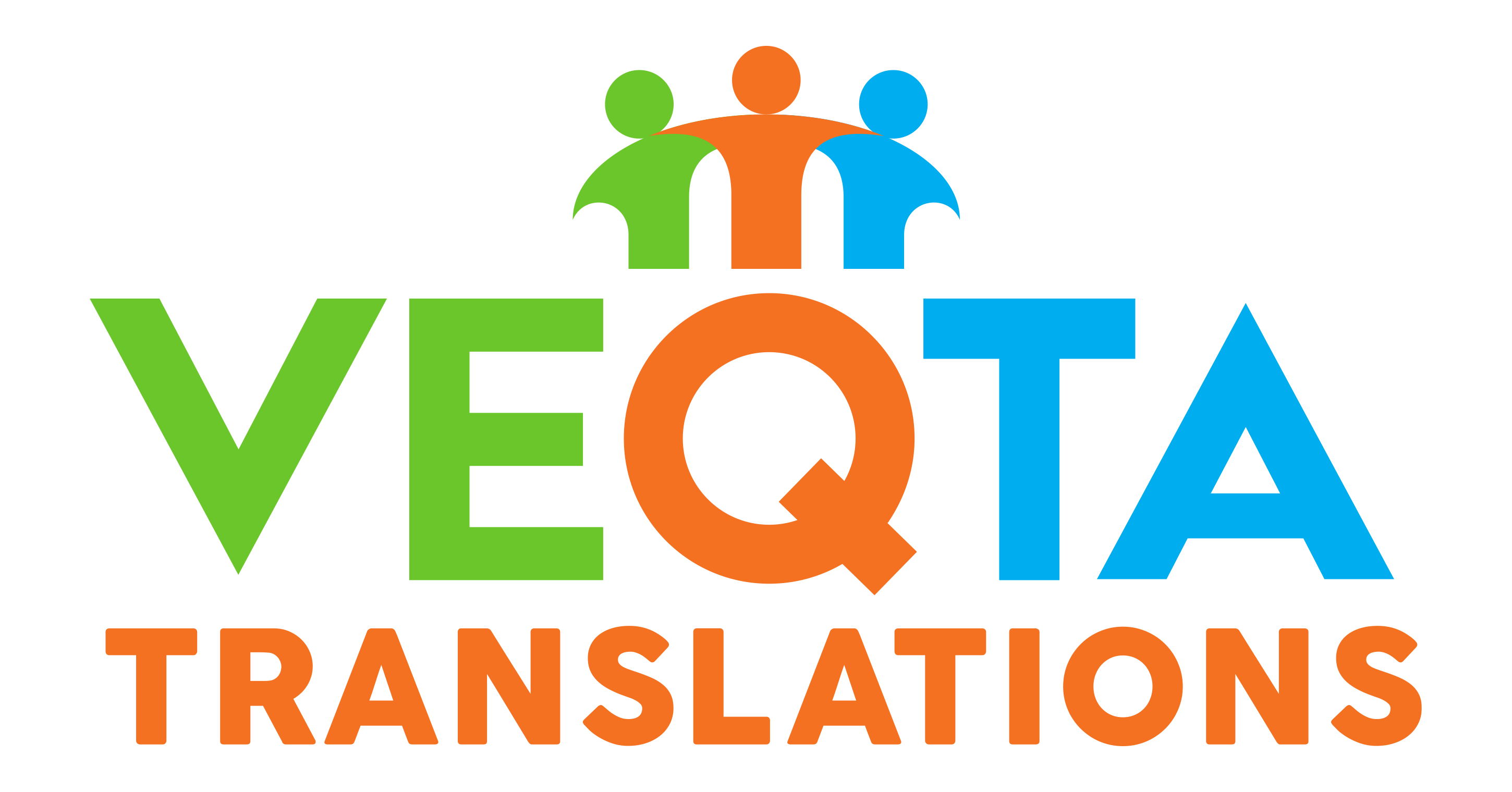In Singapore’s multilingual market, “translation agency” can mean very different things. Some vendors focus on personal documents for migration, others on quick document turnarounds, and full-service firms handle enterprise localization across languages, formats, and teams. Use this guide to choose the right fit.
What Type of Agency Do You Need?
1) Translation boutique (walk-in / migration documents)
- Typical jobs: Birth/marriage certificates, driver’s licences, academic transcripts, notary/certification requests.
- Service model: Counter service; sometimes “while you wait”; often uses pre-set forms.
- Languages: Mostly common local pairs (e.g., EN ⇄ ZH/MS/TA in Singapore).
- Strengths: Speed, affordability, familiarity with official formats.
- Limitations: Not built for product, website, software strings, DTP, or multimedia.
2) Quick document translation vendors (fast online)
- Typical jobs: Everyday letters, certificates, simple PDFs.
- Service model: Upload → pay → download; templated output; light project management.
- Strengths: Convenience, fast SLAs, per-page pricing.
- Limitations: Minimal QA, limited subject-matter depth, weak continuity across many files.
3) Full-service localization agencies (enterprise focus)
- Typical jobs: Websites, apps, UX strings, marketing, learning, product docs—often in multiple languages.
- Capabilities: PM ownership, terminology/style governance, subtitling, voiceover/interpretation (selected languages), DTP (Desktop Publishing)/typesetting.
- Process & tech: CAT/TMS platforms, translation memory, termbases, automated QA, version control—to keep consistency across thousands of files.
- Strengths: Strategic advice, ROI mindset, Zoom reviews with stakeholders, risk management; may belong to industry bodies (e.g., GALA).
- Limitations: Typically not set up for walk-in “while-you-wait” migration translations or government stamps.
How to Choose (Singapore-Specific Checklist)
- Goal fit: Personal paperwork → boutique. Simple docs fast → quick vendor. Product/brand scale → full localization agency.
- Languages & volume: Today’s scope and the next 6–12 months. Avoid lock-ins that don’t scale.
- Quality model: Separate TEP (Translation, Editing, Proofreading), subject-matter experts, revision policy.
- Consistency: Translation memory ownership, termbase governance, style guides, change control.
- Project management: Named PM (Project Manager), timezone coverage, status cadence, Zoom review support.
- Formats & media: DTP (Desktop Publishing)/typesetting, subtitles, voiceover, LMS/SCORM, complex file handling.
- Security: NDAs, secure portals, PII handling, access controls.
- Pricing clarity: What’s included (QA, revisions, DTP, PM time), and what triggers change orders.
Pricing Models (Know What You’re Buying)
- Per word: Common for product/content; predictable; ties to volume. Check if QA/revisions are included.
- Per page: Common for certificates/forms. Watch for page definition (A4? word count caps?).
- Per project: Best for mixed scopes (copy + DTP + media). Ensure a written statement of work.
- Hourly: Fine for DTP/audio cleanup, but ask for hour estimates upfront.
Quality & Process Signals
- TEP: Use TEP (Translation, Editing, Proofreading) with different linguists for each step.
- SME involvement: Reviewers with domain expertise (legal, medical, tech, finance, marketing).
- Governance: Style guides, termbases, escalation paths, defect tracking.
- Tooling: CAT/TMS, QA automation, connectors to your CMS/repo where relevant.
- Pilot first: Test translation with your real content; agree on acceptance criteria.
Project Management & Collaboration
- Kick-off & timeline: Clear scope, milestones, and sign-off points aligned to Singapore time.
- Comms: Named PM (Project Manager), response SLAs, weekly touchpoints, Zoom reviews for key screens or assets.
- Continuity: One team across releases; versioning and change logs.
At-a-Glance: Which Vendor Fits Your Use Case?
| Criteria | Translation Boutique | Quick Doc Vendor | Full Localization Agency |
|---|---|---|---|
| Best for | Migration/official docs; walk-in; hardcopy needs | Simple documents with fast SLAs | Products, websites, apps, marketing, learning |
| Languages | Local pairs (EN ⇄ ZH/MS/TA) | Several common pairs | Broad APAC + global coverage |
| Quality model | Template-led; certification focus | Basic review | TEP (Translation, Editing, Proofreading), SMEs, formal QA & governance |
| Tech & continuity | Minimal tooling | Light tools | CAT/TMS, TM, termbase, automation, versioning |
| Media & extras | Usually none | Limited | DTP (Desktop Publishing), subtitling, transcription, voiceover, interpretation |
Screening Questions (RFP-Ready)
- Can you run a test translation on our real content and walk us through edits?
- Do different linguists handle T/E/P? How are SMEs involved?
- Which CAT/TMS do you use? Who owns the translation memory and termbase?
- How do you maintain consistency at scale across teams and releases?
- What’s your revision policy and turnaround for changes?
- Do you provide DTP (Desktop Publishing)/typesetting, subtitles, voiceover, or interpretation?
- How will the PM (Project Manager) communicate (cadence, timezone, Zoom reviews)?
- What security controls cover PII and confidential files?
- Which projects are not a fit for you (e.g., walk-in migration docs)?
- Can you share case studies with Singapore/APAC stakeholders?
Red Flags to Avoid
- One person does translation + editing + proofing.
- Vague hourly quotes with no scope or estimates.
- “We do every language” without methodology, process or QA detail.
- No CAT/TMS, no glossary, no translation memory continuity.
- No plan for change management or version control.
- Terse or slow PM communication during evaluation.


